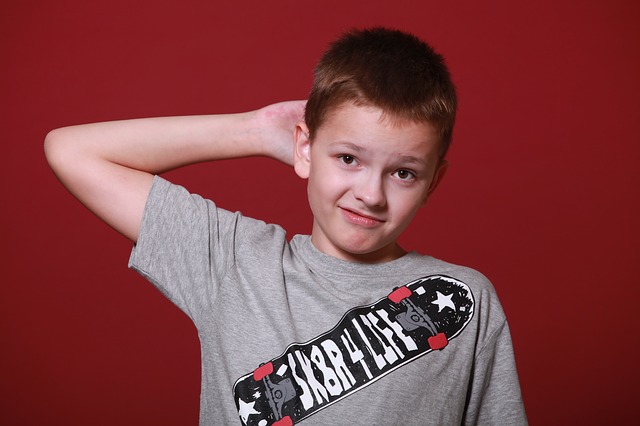We are not perfect and nor are our children. There will be times when they feel they have let themselves down and will be disappointed with themselves. For some children this can be a pattern. They don’t behave well, they let themselves down, they try to be better but then they let themselves down again. They get a reputation for being the ‘naughty child’ – (their words not mine) – and their peers start to move away from them as they don’t want to be associated with the naughty child. Their friends drop away and they wonder why. It may not be just their behaviour but their mannerisms such as pulling funny faces. We need to help a child in this situation to think about how others see them and then what they can do to change their behaviour so that others notice the changes too. How do they want to be seen by their friends? In other words, how can they regain their friendships and be seen in a more positive light?
How To Help Children Change Their Behaviour
One way is for your child to respond differently to their peers. When their peers try and wind them up, children need to learn to walk away. Whatever the other children are saying to them should not be taken personally. Show them that you are the better person and don’t react.
Another is to help them think about the consequences of their actions. Do they want to be in detention or be suspended? What is making them behave that way? Are they bored? Upset about something? Trying to get attention? Find the root cause of the behaviour and then find a solution to it.
Children need to get their peers to see that they have changed by showing respect and interacting in a more civilised way. And be kind.
These are just a few ideas on how to encourage better behaviour and prevent children from letting themselves down. How else could you help a child who needs help turning things around? Here is an article you might find useful.
Sometimes children reinventing themselves is required for the change to be a good one, especially when it comes to friendships. Here’s another great article on how children can do that.
For more help with your child’s behaviour take a look at The Parent’s Toolkit.

